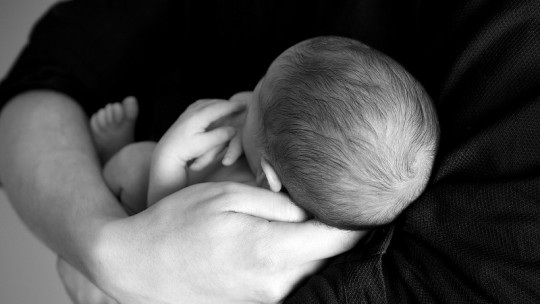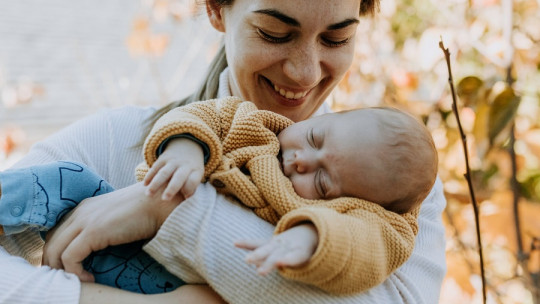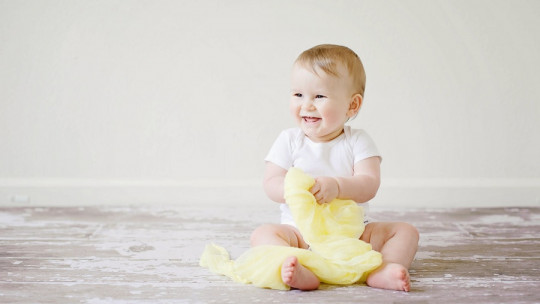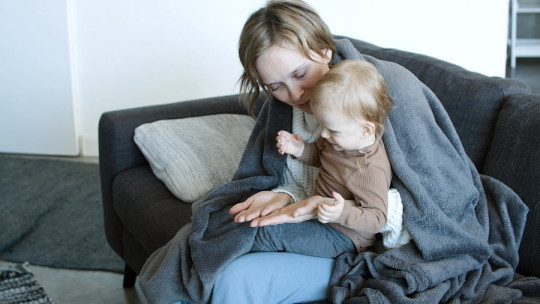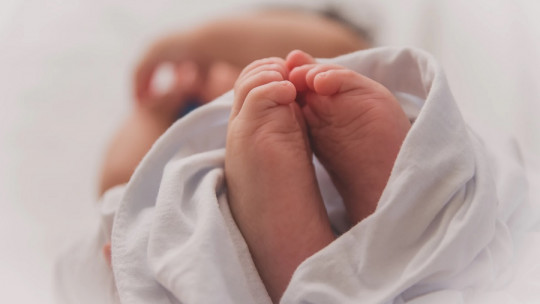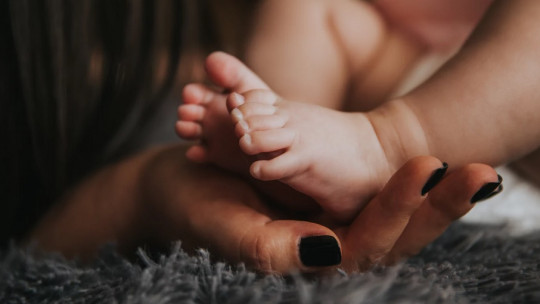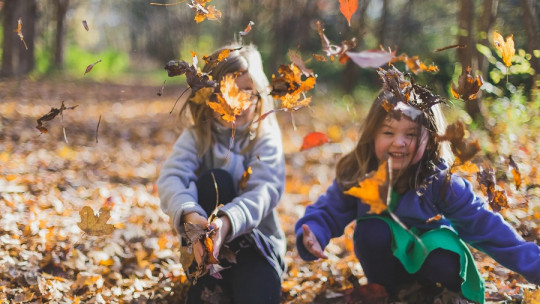
The uterus is the first environment of the fetus, and in that environment interactions between the fetus and the mother, and between the mother and her emotional family system, begin to be modulated.
The first emotional connections occur before birth in the shared states of mother and future baby and the mother’s environment that reaches the fetus through her.
Adaptation to the environment from the emotional relationship
In addition to this emotional current to which it is exposed, the fetus also receives physical stimuli from its immediate environment, the uterine walls and the amniotic fluid. The development of the fetus takes place in a liquid medium, the maternal uterus. In it will begin to receive the first stimuli such as vestibular stimuli, through the swaying of the placenta; tactile ones, with the rubbing of the walls of the uterus; the auditory ones (both the filtered external sounds and the internal sounds of his mother’s body).
Thus, the fetus will begin to respond to that first stimulation; Through movement, it will change its position before finally placing itself in the birth canal, it will push and press the mother’s womb, it will suck its fingers, it will respond to the flavors of the foods that reach it through the umbilical cord, and its response It will be fundamentally with movements, incipient movements and with little control, governed and encouraged by primitive reflexes that help him adapt to his environment.
Later the moment of birth will arrive, and the primitive reflexes will allow and facilitate it to conclude with the exit of the uterus, producing the first contact with the outside, an aerial environment governed by gravity to which it must adapt.
And it will be the incipient, primitive movements that will promote adaptation to the new environment in which the baby will develop. The driving force for being interested in the environment is affection, the emotional relationship, the emotional dance that occurs between the baby, father or mother
In this dance, face-to-face interaction is crucial. In these interactions, the baby first, and later the child, learns to calm down, to know himself and to know the other.
The correct neurological development of the baby
After birth, a baby has millions of neurons waiting to connect with each other. Neural connections will be produced through physical and emotional stimulation and the response to that stimulation, which is what we call learning. In every minute of a newborn’s life, more than four million neural connections are generated
These connections occur thanks to the stimulation that the baby receives through the different senses: auditory, tactile, kinesthetic, visual. This stimulation occurs when he is attended to, fed, cradled, cared for, smiled, looked at, perceived… and also through the movements that he spontaneously makes.
These rhythmic and stereotyped movements that they make during their first year of life They help different areas of the brain mature and connect with each other That is, the movements that we see babies perform occur according to a certain order, an innate program. Thus, the baby will raise his head, discover his little hands and feet, raise his chest, turn from face to face to face down and later from face down to face up, turn on his chest, crawl, crawl and manage to walk, and Later, he will be able to run, jump, climb stairs or walk on one leg.
If the baby covers each and every one of the soil stages adequately and does not skip any, We will be guaranteeing that it covers all phases of development and that adequate neurological maturity occurs
To the extent that we facilitate the establishment of sufficient neuronal connections, we promote the communication and maturity of the different areas of the brain. The best way to achieve this is through adequate emotional and physical stimulation, and encouraging movement at each stage of development For this it is important that the baby remains on the floor.
On the ground you will have the opportunity to explore your surroundings. Thus the need will arise to turn around and later move by crawling, crawling and finally wandering and then running, jumping, climbing, riding a bicycle, smiling at their peers, looking at each other and struggling among children. Interacting face to face, like any mammal puppy, actually like every mammal. Filling with satisfaction in the interaction in the gaze, in the shared smile, in the free and liberated movement loaded with impulsivity that is regulated as it matures and grows.
In this turbulent time where face-to-face interaction is limited where facial connection is difficult, where we are scared of each other, where we limit movement, friction and if it is done it is done under the shadow of a mask that drowns out the emotion, I can only worry and wonder… How will the development of brain organization, body organization, and sociability be affected in our growing children?
There is no doubt that we are going to have to make efforts to compensate for the reduced daily movement in the classroom, and the reduced sociability that so much tension is generating in the entire population and especially in children.
Author: Cristina Cortés Viniegra, Psychologist, therapist specialized in attachment and trauma, Director of the Vitaliza Health Psychology Center.

